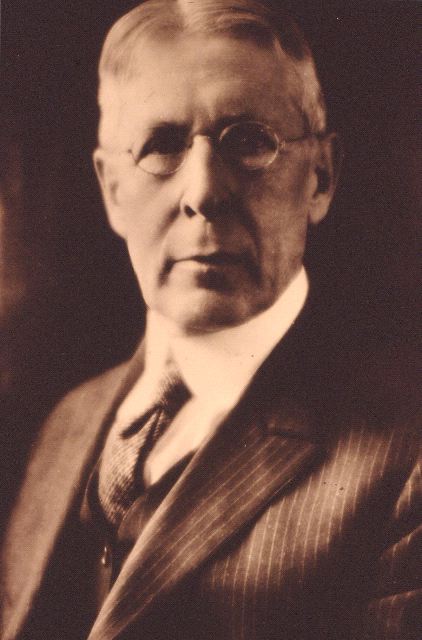Scientists come to Miguasha

 (40 kb)In response to the demand, and for many decades afterward, international expedition teams visited the Gaspé to collect fossils from Escuminac Bay. Research teams would stay on the beach for several weeks and, with the help of local fossil diggers, filled crates with specimens before heading back with their treasures to famous museums and scientific institutions. The study of these Devonian fossils became a worldwide effort, and some of the collections were used to establish paleontology schools.
(40 kb)In response to the demand, and for many decades afterward, international expedition teams visited the Gaspé to collect fossils from Escuminac Bay. Research teams would stay on the beach for several weeks and, with the help of local fossil diggers, filled crates with specimens before heading back with their treasures to famous museums and scientific institutions. The study of these Devonian fossils became a worldwide effort, and some of the collections were used to establish paleontology schools.Many of the world’s foremost paleontologists benefited from Miguasha’s fossil wealth, and their findings helped advance our understanding of past life. Some of these historically important figures included Woodward of the British Museum of Natural History in London, Traquair of the Royal Scottish Museum in Edinburgh, Patten of Dartmouth College in New Hampshire, Hussakoff of the New York State Museum, Romer of the University of Chicago, Stensiö of the Natural History Museum in Stockholm, Sweden, Davis and Arnold of the University of Michigan, and Graham-Smith and Westoll from England.

 (44 kb)Many among them also participated in the field work, picking among the rocks on Miguasha’s beach.
(44 kb)Many among them also participated in the field work, picking among the rocks on Miguasha’s beach.Miguasha residents quickly became accustomed to the presence of these foreigners. Some had an instinctive knowledge of the cliff, like the Plourde family, and offered their services as fossil diggers, becoming valuable collaborators for the expedition teams. Others, like the family of Théodore Landry, offered visitors their hospitality by providing lodging and food.
And so it went, from 1879 to 1972, with scientists from around the world visiting the cliff to build up museum and research centre collections using specimens from the Escuminac Formation. Eventually, over the years, the many international expeditions and ensuing studies helped affirm the Gaspé Peninsula’s reputation as a place of outstanding fossil heritage.
Site map | Feedback | Links | Sources | Credits
Scientists come to Miguasha
<< The first discoveries | Links to Scotland >>

Title: Erik Stensiö
Author: Not available
Sources: Parc national de Miguasha
Year: Not available
Description:
In 1922, the Swedish paleontologist Erik Stensiö chartered a boat and organized an expedition to Miguasha. When he returned to Stockholm, he brought with him more than 1,200 specimens! Having kept in contact with local collectors, he received a crate from Théodore Landry in 1925 containing the famous P-222 specimen of Eusthenopteron foordi. It was on this fossil that Erik Jarvik worked so diligently for more than half a century.

Title: John Mason Clarke
Author: Not available
Sources: Parc national de Miguasha
Year: Not available
Description:
The American paleontologist John Mason Clarke, director of the New York State Museum, visited the Gaspé Peninsula on a yearly basis at the beginning of the last century to study the Devonian rock sequences. He stopped at Miguasha several times.


